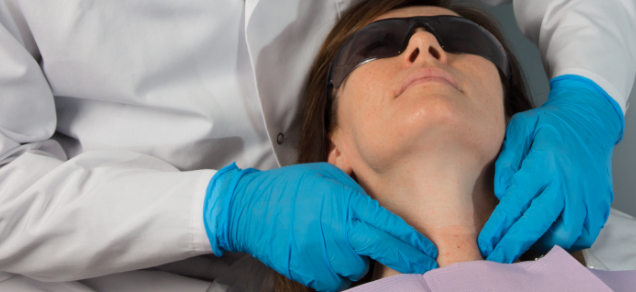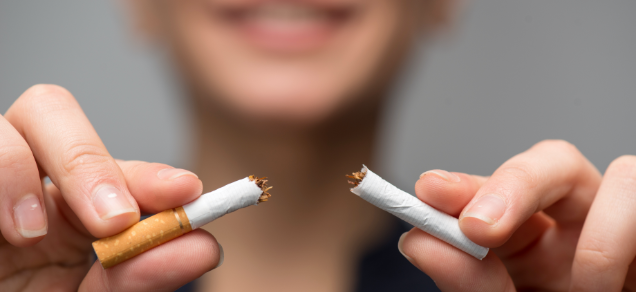The oral effects of tobacco use include oral and throat cancers, chronic gum
disease, tooth decay, tooth abrasion, stains, bad breath, dry mouth, impaired
taste and smell, and mouth sores that do not heal.
Your dental hygienist will screen you for early signs of oral cancer and
periodontal (gum) disease. Tobacco use is a leading cause of cancer and
of death from cancer. As a primary oral health care professional, your dental
hygienist performs a comprehensive examination of your head, neck, and mouth
at each appointment. If an abnormality of any kind is found, your dental hygienist
will make an appropriate referral for diagnosis. Early diagnosis and treatment
of oral cancers can save lives. Your dental hygienist will also assess the health of
your gums and the bones supporting your teeth. Tobacco use leads to bone loss,
which ultimately leads to tooth loss.

Dental hygienists screen for early signs of oral cancer
Talk to your dental hygienist about strategies to quit smoking. Dental
hygienists are skilled in health promotion, disease detection, and behavioural
modifications. They are important partners in any plan to improve oral and
overall health. Together during your regular appointments, you and your
dental hygienist can discuss your oral health concerns and identify appropriate
strategies to help you quit using tobacco products.
Did you know?

Nicotine
is the addictive property
in tobacco

1 pipe bowl
= 3.5 cigarettes

